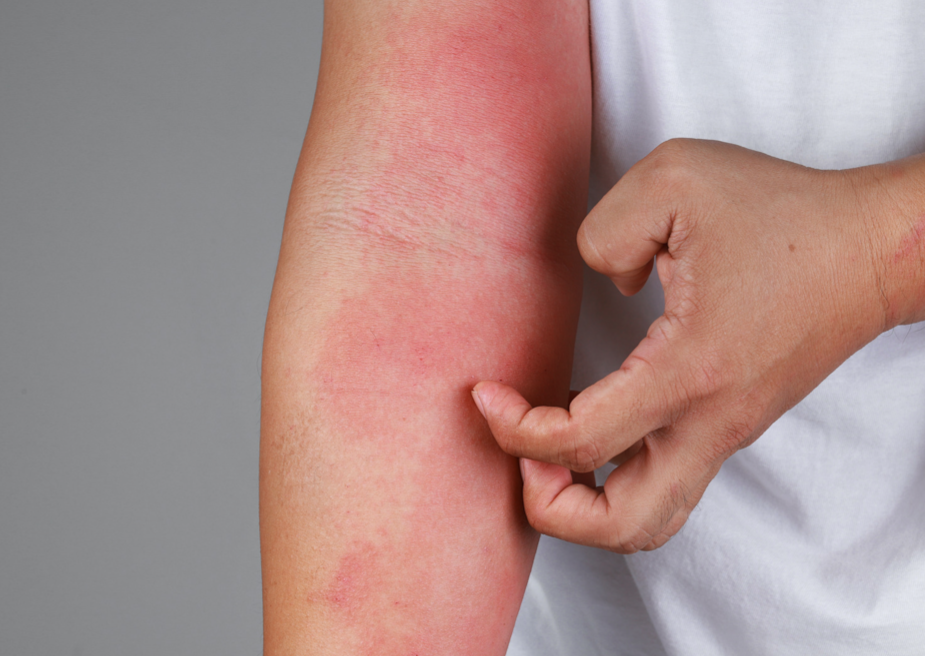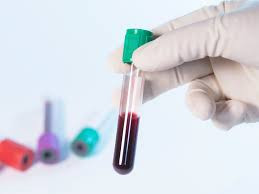Definition
Viral skin infections are a group of skin diseases caused by viruses. The skin is the body's largest organ and protects it from infection. However, sometimes, it can become infected by various germs, including viruses.
Viruses are small microorganisms that cannot be seen with the naked eye and are found in our environment. Various viruses can cause this condition, and the symptoms may vary. Viral infections can be mild (such as the flu caused by Influenza virus infection) or severe (such as HIV infection). However, viral skin infections are generally mild, although some types can cause serious infections.
Viral skin infections can be either a reaction to the presence of the virus in the body or a direct infection of the skin. Some viral skin infections are highly contagious, especially those that spread through direct contact.
Causes
Many different types of viruses can cause viral skin infections. Some are highly contagious and can spread through direct skin-to-skin contact. The most common viruses that cause skin infections come from one of three viruses: poxvirus, human papillomavirus, and herpes virus. Some examples of viruses that cause skin infections include:
- Morbilli virus that causes measles
- Rubella virus that causes German measles
- Varicella virus, which causes chickenpox
- Parvovirus, which causes erythema infectiosum and the papular purpuric gloves and socks syndrome
- Herpesvirus 6 and 7 that cause roseola (erythema subitum) or pityriasis rosea
- Epstein-barrr virus that causes mononucleosis
- Herpes simplex virus that causes warts
- Poxvirus that causes molluscum contagiosum
- Enteroviruses and coxsackie virus that cause hand foot and mouth disease
- SARS-CoV-2 virus (Covid-19)
- Papular acrodermatitis of childhood (Gianotti-Crosti syndrome) caused by epstein-barr or hepatitis B viruses
- Togavirus, bunyavirus, and arenavirus that cause dengue fever accompanied by bleeding into the skin
- Smallpox, cowpox, monkeypox viruses
- Arbovirus that causes chikungunya fever, dengue fever, dengue hemorrhagic fever, and zika fever accompanied by bleeding of the skin. Other hemorrhagic fevers include Crimean-Congo hemorrhagic fever (nairovirus), Lassa fever (arenavirus), Ebola hemorrhagic fever, and Marburg hemorrhagic fever (filovirus).
- HIV virus which can cause various skin problems including acute human immunodeficiency virus infection syndrome and Kaposi sarcoma (caused by herpesvirus 8 infection)
- Yellow fever that is caused by flavivirus infection characterized by yellow skin and eyes.
Risk factor
Viral skin infections can happen to anyone. However, this condition is more common in children, as their immune systems are still growing and developing. Some conditions that can weaken the function of the immune system will also increase the risk of getting viral skin infections are as follows:
- HIV/AIDS patients
- Organ transplant recipients
- People who are undergoing chemotherapy
- Currently in therapy of medicines that can suppress immune system function
In addition, contact with someone with a viral skin infection will increase the risk of contracting the same disease. Having unprotected sexual intercourse or frequently changing sexual partners will also increase the risk of contracting viral skin infections transmitted through sexual intercourse.
Symptoms
Symptoms of a viral skin infection may vary depending on the type of virus causing it. Common symptoms include redness and rash on the skin. The location of the rash will also vary depending on the virus. Some viruses have specific locations (predilections) where the rash will appear.
The rash may be in the form of bumps, papules, fluid-filled vesicles, or skin patches accompanied by skin discoloration. You may also experience other symptoms, such as itchiness, pain, and tenderness. Some viral skin infections can develop into severe infections, which are usually characterized by the presence of:
- Pus discharge
- Blistered skin
- Damage to skin barrier or sloughing of skin
- The skin turns darker in appearance, or the skin is discolored and feels very painful
In addition to symptoms that affect the skin, viral infections can also usually cause other symptoms depending on the type of virus, such as:
- Pegal-pegal.
- Abdominal pain.
- Muscle aches.
- Fever.
- Fatigue.
- Headache.
- Loss of appetite.
- Colds.
- Sore throat.
Diagnosis
In diagnosing viral skin infection, the doctor will start by doing anamnesis, or if the patient is a child, the doctor will ask the child's parents or caregiver. The doctor will ask you about your symptoms, how long the symptoms have been present, if the rash has changed since it first showed up, and the location of the rash. The doctor will also ask about any other medical history and history of contact with patients with viral skin infections.
Next, the doctor will perform a physical examination by directly inspecting the affected skin area. The doctor will look at the shape of the rash, the skin discoloration surrounding the rash, the size of the rash, the number of rashes, and the distribution pattern of the rash to help determine the type of viral infection.
Most viral skin infections can be differentiated based on the symptoms experienced and the clinical appearance of the rash. However, the doctor may sometimes need additional tests to confirm the diagnosis, such as blood tests, skin scrapings, or swab tests, to determine what kind of organism causes the infection. In rare cases, the doctor may perform a skin biopsy by taking a small sample of skin tissue and examining it in the laboratory.
Management
Treatment and management of viral skin infections will depend on the virus that causes the infection and its severity. Most viral skin infections will get better and clear up within a few days or weeks so sometimes no special treatment is needed. In some cases, your doctor may prescribe antiviral medications. However, the goal of therapy for viral skin is basically to reduce symptoms, by:
- Applying cold compresses to your skin several times daily reduces itching and inflammation.
- Take anti-allergy medications such as over-the-counter antihistamines to reduce itchiness.
- Use over-the-counter creams and ointments to reduce itchiness and discomfort.
Complications
Viral infections in the skin can generally heal in a few days to weeks without causing complications. However, brushing your rash frequently too strongly may cause new skin wounds that allow other skin infections.
Prevention
The ways to prevent viral infections of the skin basically resemble viral infections in general, such as:
- Clean surfaces of things that you and others frequently touch, such as doorknobs, faucets, and tables.
- Get vaccinated against viruses that have vaccines available.
- Keep your distance from people who are sick, and do not touch objects they have touched for the time being.
- Wash your hands frequently, especially before handling food.
When to see a doctor?
Viral skin infections can cause a wide range of symptoms depending on the type of virus that causes the infections. You can consult a doctor about yourself or your child if there is a skin rash that you are unsure of about what causes it.
Looking for more information about other diseases? Click here!
- dr Anita Larasati Priyono
De Pietro, MaryAnn. Skin Infection: Types, Causes, and Treatment. (2022). Retrieved 20 Mei 2022, from https://www.healthline.com/health/skin-infection
Najam, Misbah. Viral Infections: Types, Treatnent, and Prevention. (2020). Retrieved 20 Mei 2022, from https://www.narayanahealth.org/blog/viral-infections-types-treatment-and-prevention/
Oakley, Amanda. Viral Infections and The Skin. Retrieved 20 Mei 2022, from https://dermnetnz.org/topics/viral-skin-infections
Starr, Oliver. Viral Skin Infections. (2017). Retrieved 20 Mei 2022, from https://patient.info/childrens-health/viral-skin-infections-leaflet











